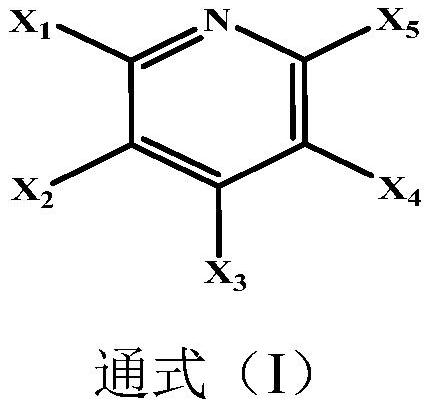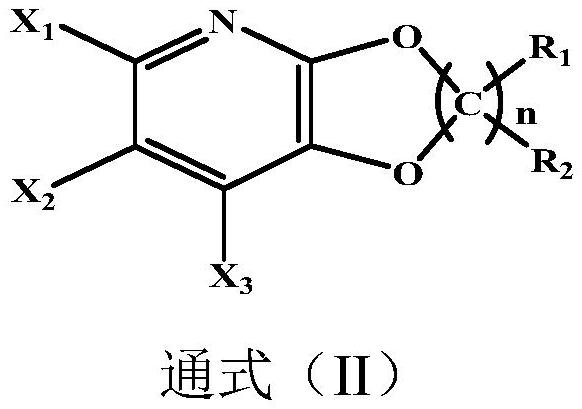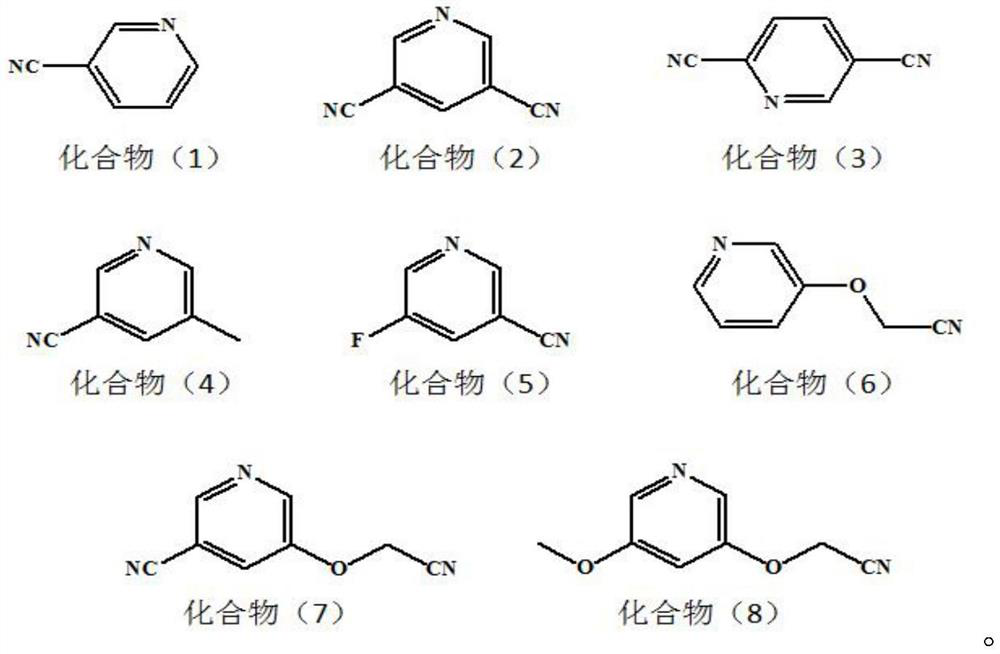A kind of nonaqueous electrolytic solution for lithium ion battery and lithium ion battery using the nonaqueous electrolytic solution
A lithium-ion battery and non-aqueous electrolyte technology, which is applied in the field of lithium-ion batteries, can solve problems such as battery performance damage, synergistic effects, and increased side reactions, so as to reduce corrosion, improve cycle life and capacity retention, and inhibit metal Dissolution effect
- Summary
- Abstract
- Description
- Claims
- Application Information
AI Technical Summary
Problems solved by technology
Method used
Image
Examples
Embodiment 1
[0039] The non-aqueous electrolyte is prepared as follows: in a glove box, ethylene carbonate (EC), propylene carbonate (PC), ethyl methyl carbonate (EMC) and diethyl carbonate (DEC) are mixed in a weight ratio of 25 :5:50:20 for mixing, and then adding lithium hexafluorophosphate for dissolution to prepare an electrolyte solution with a lithium hexafluorophosphate concentration of 1M. After that, adding mass fraction to the electrolyte is 0.5% vinylene carbonate, 1% fluoroethylene carbonate (FEC), 1.5% 1,3 propane sultone and 1% lithium difluorophosphate, An additional 0.3% of compound (1) was added.
[0040] Inject the prepared non-aqueous electrolyte for lithium-ion batteries into fully dried 4.35V NCM (nickel: cobalt: manganese = 5:2:3) / graphite soft-pack batteries, and put them on hold at 45°C, high-temperature fixture formation and After the secondary sealing and other procedures, the battery performance test was carried out to obtain the battery used in Example 1.
Embodiment 2
[0042] The preparation method of positive electrode and negative electrode of Example 2 is the same as that of Example 1; the difference is that 0.5% of compound (1) is added to the non-aqueous electrolyte solution in Example 2 during the preparation process.
Embodiment 3
[0044] The preparation method of positive electrode and negative electrode of Example 3 is the same as that of Example 1; the difference is that 1% of compound (1) is added to the non-aqueous electrolyte solution in Example 3 during the preparation process.
PUM
 Login to View More
Login to View More Abstract
Description
Claims
Application Information
 Login to View More
Login to View More - R&D
- Intellectual Property
- Life Sciences
- Materials
- Tech Scout
- Unparalleled Data Quality
- Higher Quality Content
- 60% Fewer Hallucinations
Browse by: Latest US Patents, China's latest patents, Technical Efficacy Thesaurus, Application Domain, Technology Topic, Popular Technical Reports.
© 2025 PatSnap. All rights reserved.Legal|Privacy policy|Modern Slavery Act Transparency Statement|Sitemap|About US| Contact US: help@patsnap.com



